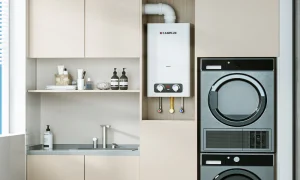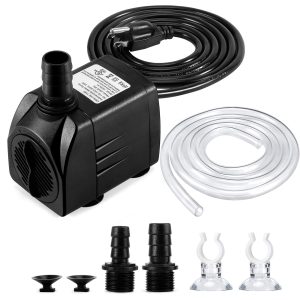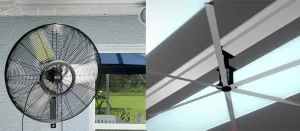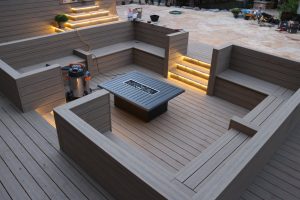6 Methods of Preventing Water Damage

Water damage in a home is an essential reason for property damage and loss. Water damage can cause black mould and rot in drywall and harshly affect the foundation and construction of your home. It can also attract undesirable guests like termites and carpenter ants to generate a home in moist wood.
Dealing with water damage in your home can be an exclusive solution. The good news is that just undertaking a few protective actions can help you avoid water damage. Here, we will discuss six methods of preventing water damage.
Monitor Water Pressure
Utilizing a water pressure gauge from a local hardware supply can help you determine water pressure. You can fix the indicator to a nozzle in your lawn and then completely turn on the nozzle to get a reading of your home’s water pressure.
Excessively high water pressure can cause pipes to burst. If the water pressure reading is higher than 100 psi, you must use a pressure regulator. The pressure regulator is a valve that reduces water pressure from the main water line to a safe level.
Gutters Cleaning
While leaves are the most common cause of clogged gutters, don’t assume this is only an autumnal problem. Moss and weeds are regularly found to be the main reason. Clogged gutters suggestively contribute to moist occurrences.
If a gutter looks to be drooping or if water is pouring down the side of your home, then they’re probably blocked. You should require gutter cleaning in these conditions.
Inspect Your Roof and Chimney
A leaky roof permits water to enter your home quickly. Consider inspecting your roof for movable or misplaced shingles and substituting them. For metal roofs, search for small holes, corrosion, or inappropriate panels. If your roof leaks are not preventable, call a roofing company for an inspection.
If you own a chimney, verify that the metal flashing is in good condition. Tightly seal the bottom of this piece and snugly fasten it to the roof. Furthermore, make sure that there are no spaces between this metal component and the chimney.
Check Pipes and Appliance Hoses Frequently
If you frequently monitor your interior pipes and hoses, you can typically notice problems in them before a leak starts. Exchange hoses on appliances like dishwashers and washing machines every five years, even if they seem in good condition.
Many insurance policies don’t cover certain kinds of water damage, like water damage from improperly maintained pipes. Maintaining your pipes will help you avoid having to pay for leak damage later on.
Grading and Landscaping
Correct grading includes shaping the landscape around the home to encourage water to flow away from the foundation. The ground should slope away from the home so that water cannot pool against the walls and leak into the basement. Adding dirt or modifying the current landscaping may be necessary to correct the grading.
Caring landscaping can help prevent water damage. Planting trees, shrubs, and other vegetation in strategic locations can help absorb excess rainfall and lessen soil erosion. Mulch and ground coverings can also reduce soil splashing and increase water absorption.
Maintain Downspouts
Downspouts are constructed around the edges of your home and are accountable for moving water from your gutters. Frequently maintaining your downspouts will also prevent water damage to your home.
Are you looking for a good method to see if your downspouts are working appropriately? See whether there are any irregularities in the flow of water after you try running some water through the gutters.





